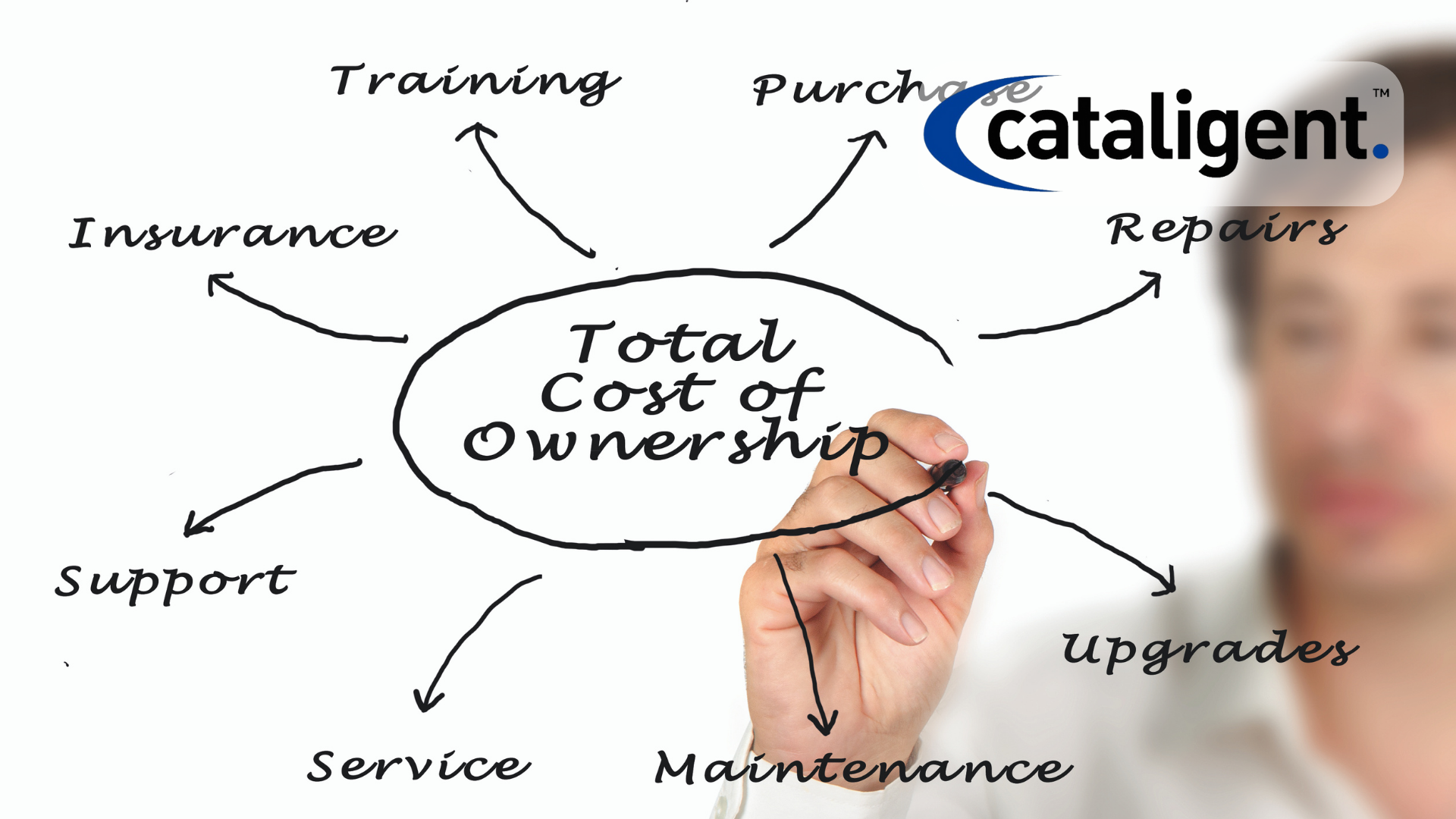Introduction
In business outsourcing, cost evaluation extends beyond initial expenses. The Total Cost of Ownership (TCO) approach provides a comprehensive assessment of all costs associated with outsourcing, including transition, training, and long-term management expenses. By considering these factors, organizations can make informed decisions, prevent hidden costs, and optimize their outsourcing investments. This document explores the key components, benefits, and implementation strategies for TCO analysis in business process outsourcing (BPO).
What It Involves?
TCO analysis encompasses all direct and indirect costs associated with outsourcing agreements. These costs include:
- Upfront Costs: Vendor selection, contract negotiation, and transition expenses.
- Operational Costs: Ongoing service fees, software licensing, and support charges.
- Hidden Costs: Compliance requirements, data security measures, and unforeseen operational disruptions.
- Long-Term Costs: Renewal fees, process optimization, and scaling expenses.
By accounting for these elements, businesses can make well-rounded outsourcing decisions that align with their financial and operational goals.
Benefits of a TCO Approach
1. Ensures a Comprehensive Understanding of Costs
A TCO analysis provides a holistic view of outsourcing expenses, helping organizations plan budgets effectively and avoid cost overruns.
2. Reduces Unexpected or Hidden Costs
By identifying potential hidden costs early, businesses can negotiate better contracts and implement cost-control measures.
3. Improves Vendor Selection
TCO assessment enables organizations to compare vendors beyond just pricing, evaluating long-term value and reliability.
4. Enhances Contract Negotiation
Businesses can leverage TCO insights to negotiate favorable terms, ensuring cost-effective outsourcing partnerships.
5. Supports Sustainable Cost Management
A structured TCO approach ensures outsourcing remains financially viable, balancing cost savings with quality and performance.
Implementation Steps for TCO Analysis
Step 1: Identify Cost Categories
- Initial Costs: Vendor research, contract setup, transition expenses.
- Operational Costs: Service fees, IT infrastructure, training.
- Risk and Compliance Costs: Security measures, legal obligations, contingency planning.
- Long-Term Costs: Vendor renewal, process improvements, exit strategies.
Step 2: Conduct a Cost-Benefit Analysis
- Compare vendor pricing models (fixed pricing, per-transaction, performance-based).
- Assess potential cost savings versus long-term financial commitments.
- Identify break-even points and expected ROI from outsourcing decisions.
Step 3: Evaluate Vendor Transparency
- Ensure vendors provide clear cost breakdowns and pricing structures.
- Verify service-level agreements (SLAs) to eliminate redundant or hidden charges.
- opt for flexible contracts that allow adjustments based on business needs.
Step 4: Implement Cost Monitoring Mechanisms
- Use TCO analysis tools to track ongoing outsourcing costs.
- Regularly review vendor performance and cost efficiency.
- Adjust budgets and contracts based on changing business requirements.
Conclusion
Adopting a Total Cost of Ownership (TCO) approach ensures businesses make well-informed outsourcing decisions that extend beyond initial price considerations. By evaluating all cost components, organizations can optimize financial resources, prevent hidden expenses, and establish sustainable outsourcing partnerships. Effective implementation of TCO analysis leads to improved cost efficiency, better vendor management, and long-term business success.

